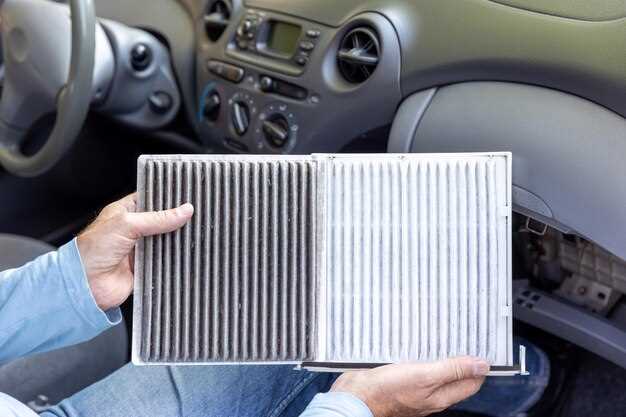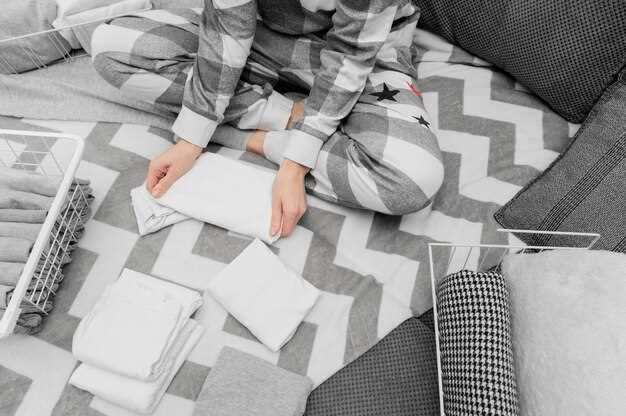
Cleaning your air filter is an essential maintenance task that can significantly improve the air quality in your home. Over time, dust, dirt, and other particles accumulate in the filter, making it less effective at trapping harmful pollutants. This can lead to respiratory issues and reduce the efficiency of your heating and cooling systems. By following a few straightforward steps, you can ensure that your air filter remains in optimal condition.
In addition to benefiting your home’s air quality, a properly maintained air filter can extend the lifespan of your appliances, saving you money in the long run. Just like regular maintenance is crucial for the performance of bikes, so too is it important for your home’s air systems. Neglecting to clean your air filter can lead to increased energy consumption and more frequent repairs, making it a wise practice to incorporate this task into your routine.
To achieve the best results, it’s vital to understand the types of filters used in your home and the recommended cleaning methods. By learning how to handle the different kinds of filters, you can effectively remove dirt and debris, ensuring that your home’s air quality remains high. This article will guide you through each step, making the process straightforward and manageable.
Gather Necessary Tools and Materials for Cleaning

When preparing to clean your air filter, it’s crucial to gather the right tools and materials. This ensures that the process is efficient and effective in reducing dirt and improving air quality in your home.
First, you will need a vacuum cleaner with a brush attachment. This tool is essential for removing loose dirt from the filter without damaging it. If you have bikes in your garage, you might already have a vacuum that can easily be used for this task.
Next, mild detergent or a cleaning solution specifically designed for air filters is important. Avoid harsh chemicals that may degrade the filter material. Look for eco-friendly options to minimize environmental impact.
You should also have water readily available, as rinsing the filter thoroughly is key to removing any remaining dirt particles. Make sure to use lukewarm water to help dissolve any accumulated grime more effectively.
A soft brush can be useful for scrubbing away stubborn dirt. Choose a brush with soft bristles to protect the filter while still providing enough friction to clean effectively.
Finally, a clean towel or cloth is necessary for drying the filter after washing. Ensure that the filter is completely dry before reinstalling it to prevent any moisture from interfering with the air quality in your home.
By gathering these tools and materials, you will be well-prepared to clean your air filter, ensuring optimal performance and prolonging its lifespan.
Step-by-Step Cleaning Process for Dirt Bike Air Filters
Cleaning the air filter of your dirt bike is essential for optimal performance and longevity. Follow these steps to ensure a thorough cleaning process.
Step 1: Gather Necessary Supplies
Before starting, collect all required supplies: a clean workspace, specialized air filter cleaner, clean rags, oil (for re-oiling the filter), and gloves. Make sure you have a bucket or container for soaking.
Step 2: Remove the Air Filter
Begin by turning off your dirt bike and removing the seat or side panels to access the air filter. Carefully detach the air filter from its housing, taking care not to damage any surrounding components.
Step 3: Inspect the Filter
Examine the filter for any visible damage or excessive dirt buildup. If the filter is torn or excessively worn, consider replacing it. A damaged filter won’t provide adequate protection for your engine.
Step 4: Clean the Filter
Submerge the filter in a cleaning solution or spray it with air filter cleaner. Allow it to soak for about 10-15 minutes. This will help break down any dirt, oil, and debris.
Step 5: Rinse Thoroughly
After soaking, rinse the filter with clean water. Use a gentle stream to avoid damaging the filter material. Make sure all cleaning solution is removed, as any residue can affect performance.
Step 6: Dry the Filter
Shake off excess water and place the filter on a clean surface to air dry. Ensure it is completely dry before proceeding to the next step, as moisture can interfere with the effectiveness of the oil.
Step 7: Re-oil the Filter
Once dry, apply a thin, even layer of air filter oil to the filter. This will help trap dirt and debris when the filter is in use. Be careful not to over-oil, as excessive oil can inhibit airflow.
Step 8: Reinstall the Filter
After the oil has been applied, reinstall the filter back into its housing. Ensure it is seated correctly and secure it in place according to the manufacturer’s guidelines.
Step 9: Check and Clean Surrounding Areas
With the filter reinstalled, take a moment to check for any dirt or debris in the surrounding areas. Clean out any buildup to ensure optimal airflow and prevent contaminants from entering the air intake.
Step 10: Test the Bike
Start your dirt bike to ensure everything is functioning correctly. Pay attention to any unusual sounds or behaviors, which may indicate a problem with the installation or air flow.
Proper Drying and Reinstallation Techniques for Your Air Filter

After cleaning your air filter, it is crucial to ensure it is properly dried before reinstallation. Air filters can trap dirt and debris, and any moisture left in the filter can lead to mold growth and reduced efficiency. Start by gently shaking the filter to remove excess water and then place it in a well-ventilated area. Avoid direct sunlight or high heat, which can damage the filter material.
For fabrics used in bikes and some automotive filters, consider using a fan to expedite the drying process. Ensure the air flows through the filter in the same direction as it would during normal operation. This method not only promotes even drying but also helps to maintain the filter’s structure.
Once the filter is completely dry, inspect it for any signs of wear or damage. Small tears or misshaping can affect performance, making it essential to address any issues before reinstalling. If the filter appears damaged, replace it instead of reinstalling it.
During reinstallation, ensure that the filter is correctly positioned in its housing. Misalignment can allow unfiltered air to enter, negating the benefits of a clean filter. Consult the manufacturer’s guidelines for specific installation instructions, as different filters may have unique requirements.
Secure the filter in place and reassemble any covers or housings. Always check for proper sealing to prevent air leaks, which can bring dirt and allergens back into your home environment. A well-maintained air filter will help ensure the longevity and efficiency of your HVAC system.





